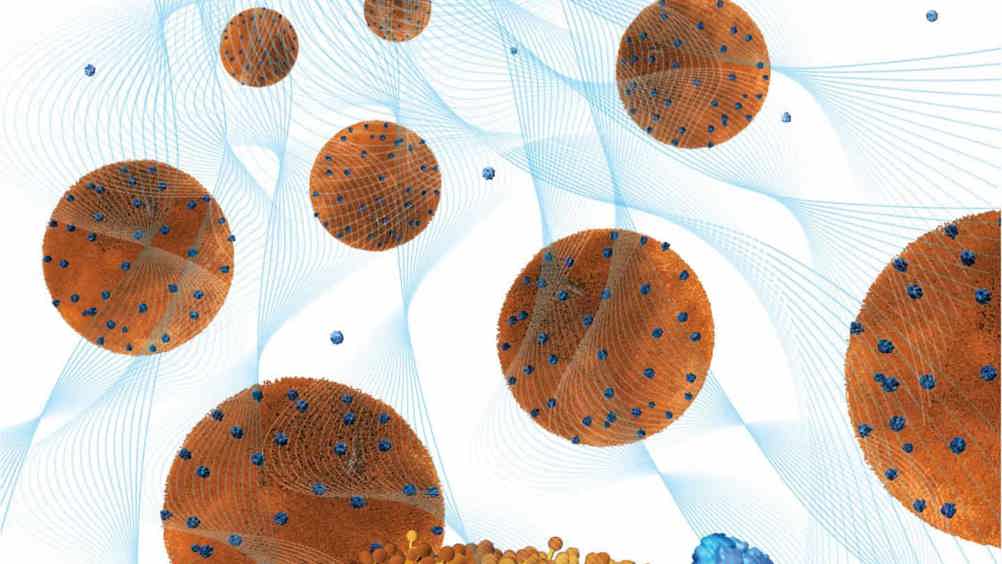Nanosponges hold promise for superbug treatments
Gel-filled “nanosponges” able to mop up the toxins produced by bacteria could be used to treat antibiotic-resistant “superbug” infections such as MRSA a team of US researchers has claimed.

MRSA (methicillin-resistant Staphylococcus aureus) is type of bacterial infection that is increasingly resistant to a number of widely used antibiotics.
Developed by a team at the University of California in San Diego, and described in the journal Advanced Materials, the new treatment has been proven to minimise the growth of skin lesions on mice infected with MRSA without the use of antibiotics.
Each nanosponge is a nanoparticle coated in a red blood cell membrane. This coating disguises the nanosponges as red blood cells, which are the real targets of the harmful toxins produced by MRSA. By masquerading as red blood cells, the nanosponges attract harmful toxins and remove them from the bloodstream.
It’s believed that by removing these toxins – which act a defence mechanism for the bacteria - the bacteria become significantly weakened and exposed, allowing the body’s immune system to kill them more easily without the use of drugs.
Register now to continue reading
Thanks for visiting The Engineer. You’ve now reached your monthly limit of news stories. Register for free to unlock unlimited access to all of our news coverage, as well as premium content including opinion, in-depth features and special reports.
Benefits of registering
-
In-depth insights and coverage of key emerging trends
-
Unrestricted access to special reports throughout the year
-
Daily technology news delivered straight to your inbox











Water Sector Talent Exodus Could Cripple The Sector
Maybe if things are essential for the running of a country and we want to pay a fair price we should be running these utilities on a not for profit...